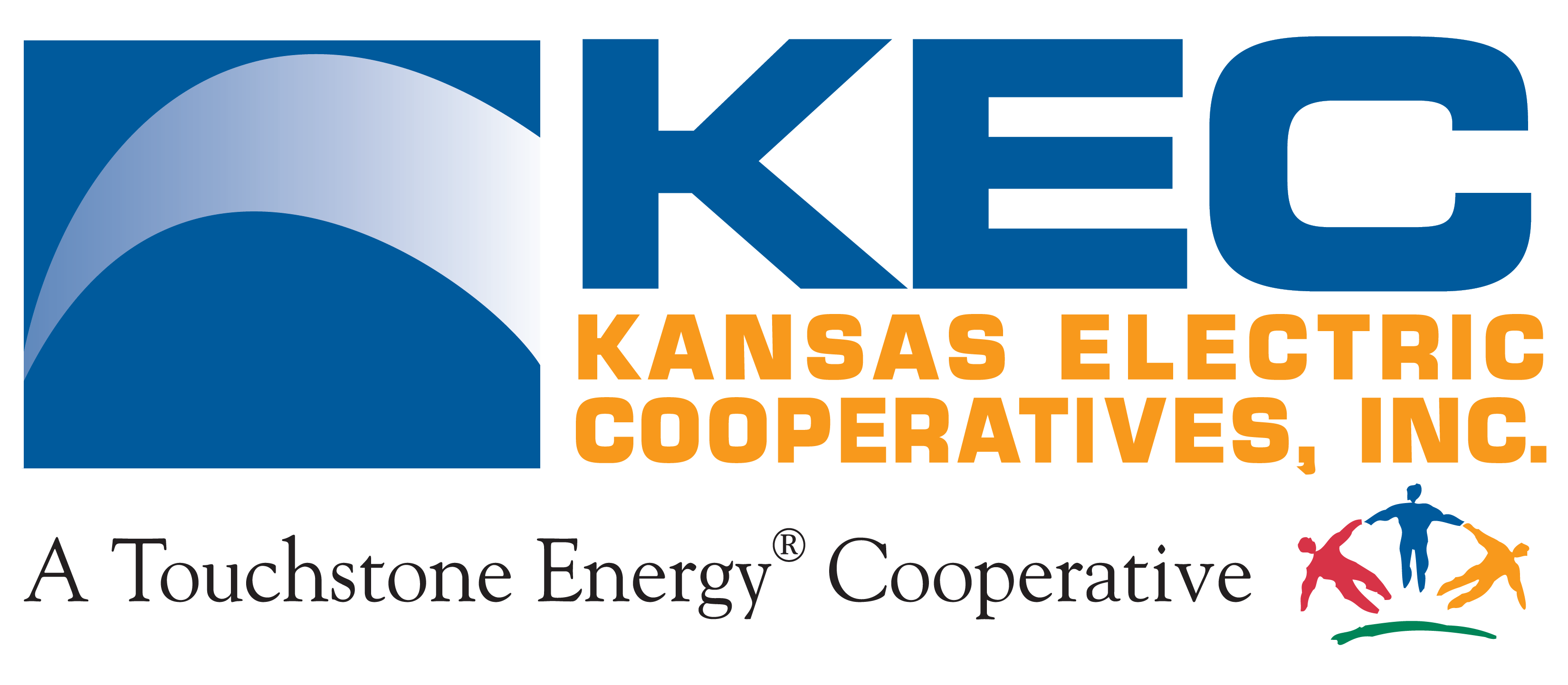State Energy Priority
Does Kansas have an energy plan? Not currently — but we could start with an in-depth review of the utility industry that looks beyond the cause of higher rates and explores possible solutions.
The electric cooperatives support a task force that brings all the affected parties to the table to explore our current energy picture and work toward a development of a plan based on priorities that are important for our consumer-members. It deserves a deliberate, respectful and stakeholder driven process that will take some time.
Why Retail Wheeling Isn't a Solution
One of the items included in the 2019 Kansas legislature is whether “competitive markets for retail electricity can benefit all Kansas consumers.” Sometimes referred to as retail wheeling, knowing the experience in other states, it is hard to imagine an objective consultant could conclude anything but “buyer beware.”
Retail wheeling would require consumers to choose their provider of electricity. Most likely, your current electric provider would still be responsible for maintaining and operating the poles and wires to deliver electricity, but consumers would need to evaluate different rate plans and carefully select another company to secure the kilowatt-hours needed to keep their lights on.
We regularly hear proponents tout the Texas model and, of the states that have approved retail wheeling, it is probably the most active and could provide some good lessons. Unfortunately, those lessons include brownouts in 2011, 2014 and 2015.
Brownouts are often coupled with higher prices and clearly a market price doesn’t mean a lower price. In Aug. 2019, the Texas wholesale electricity price spiked to $9,000 a megawatt-hour. And it wasn’t a lone event in the Lone Star state. Over a few days, the price averaged $6,537.45, a 36,000% increase.
That same day, Kansas wholesale prices averaged $35 a megawatt-hour. Do we really want to be exposed to such a volatile energy market?
Is the Future in EVs?
There is a lot of information circulating about electric vehicles, but it can be confusing with different descriptions like hybrid, plug-in hybrid, and all electric. Curious what they all mean?
All-Electric
An all-electric car is just that. It runs on 100% electricity, 100% of the time. It has batteries that are charged from the grid or by a plug in at your home. Once charged, the car runs off those batteries. It does not have a traditional gas engine. All-electric is the most cost efficient to operate, but they do have a limited range on a single battery charge. The Tesla vehicles are credited with bringing all-electric to the mainstream, but all major auto manufactures have all electric cars in production or development.
Hybrid
A hybrid vehicle comes in many different configurations, but they all share commonalities. They use a hybrid of two technologies — an electric engine with batteries and a gasoline engine. Some vehicles use the gasoline engine to charge the batteries, and some use it to help move the vehicle. A hybrid is a middle ground as they do offer better fuel economy than an all gasoline engine, but these do not have the range limitations of all-electric. For example, the Prius is the model that brought hybrids to the mainstream, although now every manufacturer has models of hybrids.
Plug-in Hybrid
If you’re looking for benefits of electric vehicles with the security of a gas engine, a plug-in hybrid may be a good fit for you. These vehicles are plugged in overnight to charge a battery that has a limited range of miles before the gas engine takes over. This model is popular for city drivers with short commutes.
Battery Storage
More and more electric utilities are deploying large battery systems to store power, but it’s a technology that’s still very much in its infancy. How are co-ops integrating storage, and how are they using it to serve their members? Hear from NRECA’s Jan Ahlen about the state of this key technology and from Anza Electric Cooperative’s Kevin Short and AEPCO’s Barry Brown about a joint utility-scale storage project to help Anza battle resiliency challenges.
